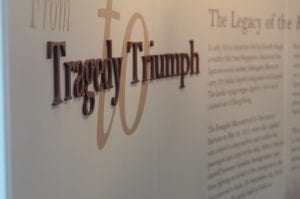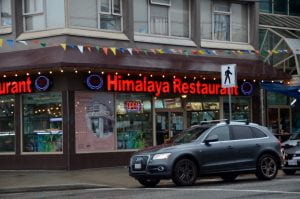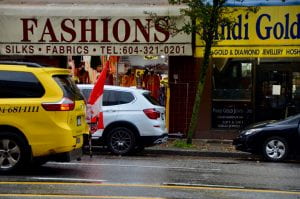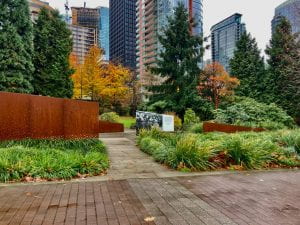If you went to school in British Columbia, you might have heard of the Komagata Maru. Unfortunately, this story is barely being told anywhere else in the world.
On May 23rd, 1914, a group of 376 people (Roughly 337 Sikhs, 27 Muslims, and 12 Hindus) from British India arrived on a boat called the Komagata Maru in what is now Coal Harbour in Vancouver. They were attempting to immigrate to Canada, but almost all of them were denied entry and forcibly asked to return to India. Many Canadians were still not open to non-white immigration, and they made that clear by creating literal laws preventing people of colour from coming to Canada. The people on the boat did not give up, and stayed in the harbour for exactly 2 months. When they returned to India, they faced backlash from the Empire, and 19 people were killed at the port near Kolkata.
As a class, we went to the Khalsa Diwan Society in Vancouver to learn a bit more about the Komagata Maru. As well as being the first Sikh Gurdwara, or temple, founded in Vancouver, it also serves as a museum about the Komagata Maru. We talked to the manager, A.J, and looked around the museum. It was a really informative and interesting place to visit.
After the museum, we went into the Gurdwara itself. We had been to one before in grade 8, so it was like a little throwback. At Gurdwaras, there are free meals for anyone. Although we were going out for lunch right after, we had to stop in for some chai and pakoras.
After the Gurdwara, we headed to the Punjabi Market. Vancouver’s Punjabi Market is a three-block district that has shops, restaurants, and cafe’s that are mainly owned by South Asians. I had personally never been before, and it was really interesting to see how this cultural hub has adapted to the modern age. It was also Diwali, so there were a lot of lights and tents being set up.
I found it really impactful to see how the South Asian community has always stayed strong despite the overt racism that has been thrown at them over time. Some of the stores that we walked by and learned about had been standing for a very long time, and knowing that the people who lived and worked there had overcome generations of oppression was really empowering. Like Trudeau said in his official, formal apology in the House of Commons for the Komagata Maru in 2016,
“We can never know what your lives would have been like had your relatives been welcome to Canada, the ways in which your lives would have been different, the ways in which Canada would have been enriched. Those possibilities are lost to history, for that, and to you, we apologize.”
Although this was, and still is, the apology that has been given to the South Asian community, we all need to acknowledge that Canada still has a long way to go in terms of the racism, xenophobia, and the islamophobia that directly targets South Asians, and the Trudeau apology does not excuse that. The apology should not be seen as the end, because this apology is where everything starts.
I know personally, I did not learn about the Komagata Maru in school until this year. That is disappointing. There are so many South Asian stories to be told, and stories about other marginalized groups of people in Canada as well. I think that if we integrated these stories into the curriculum for all grades, the hatred that our country has exuded in the past will be thought of as an obvious bad thing from the start. In regards to the Komagata Maru, I think that the resilience of the South Asian community, both on the ship and on land, as well as the unacceptable judgments made by Canadians, need to be remembered in a better way than they are being remembered currently.













